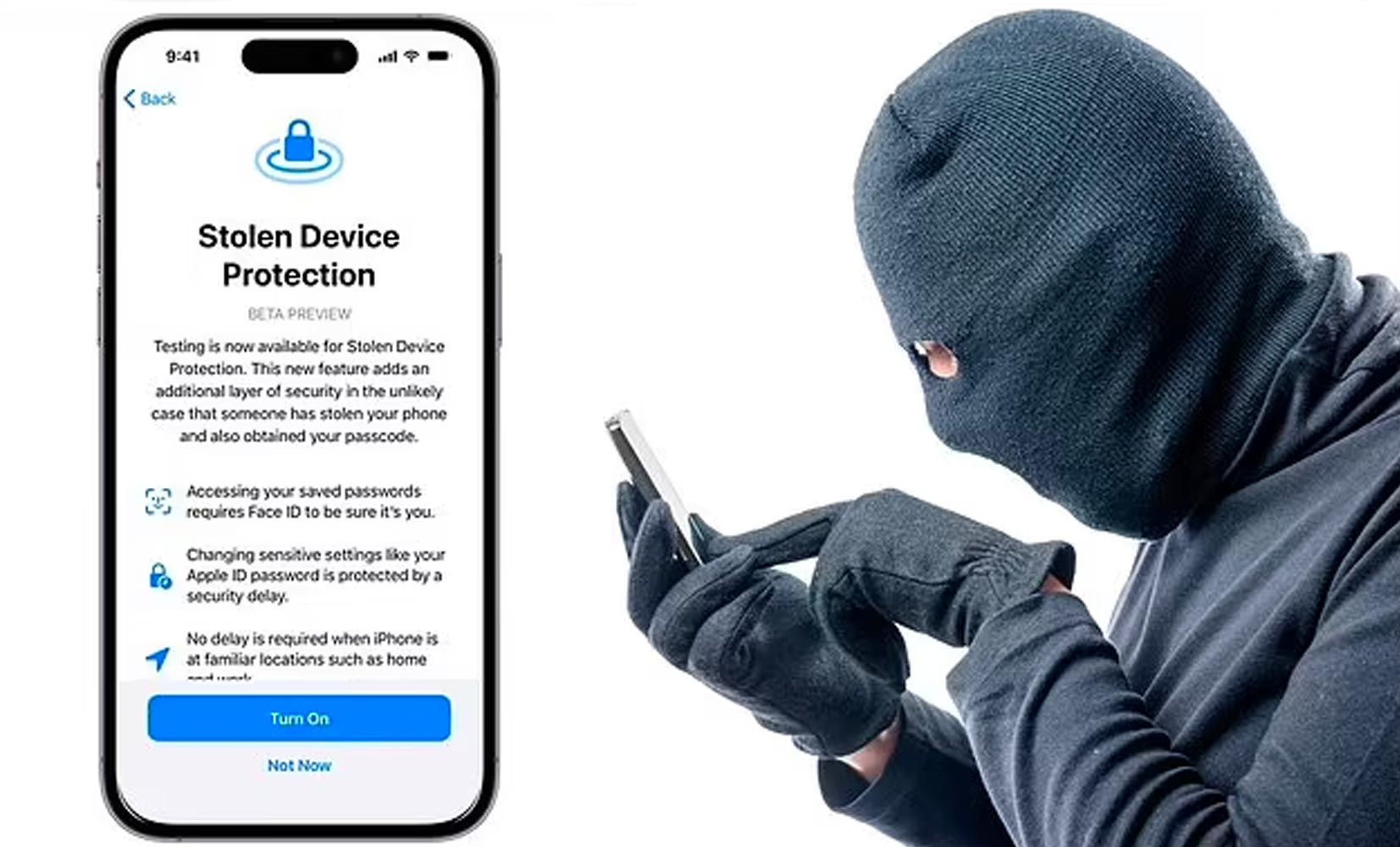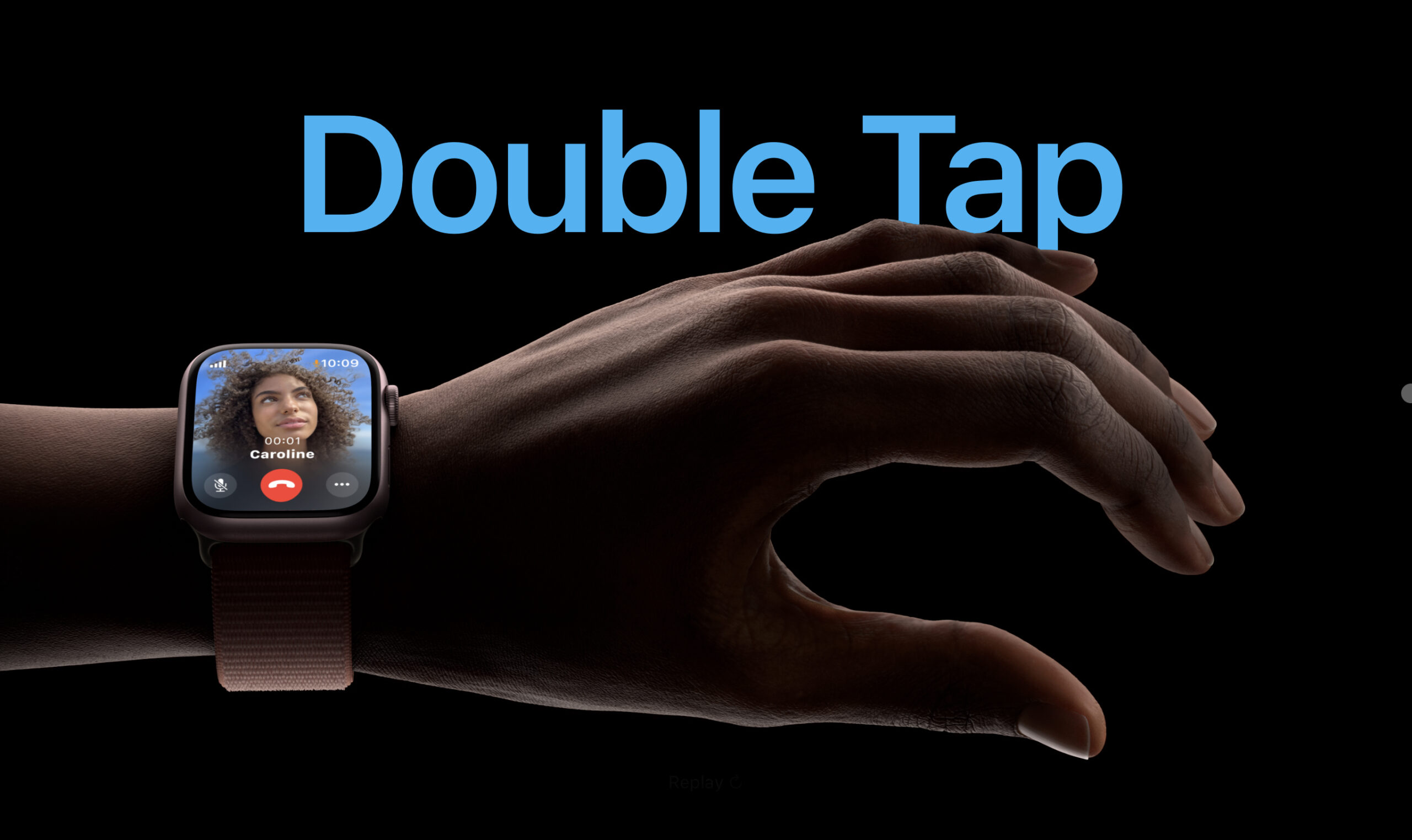Spyware is a type of malware that tracks your internet activity in order to gather sensitive information such as credit card numbers or demographics. Most of the time, spyware works in the background of a device, invisible to the unsuspecting.
Some of the most common reasons attackers use spyware include collecting data to sell to third-parties, to steal someone’s identity, or to spy on an individual’s computer usage.
How Do You Get Spyware on Your Computer?
Spyware comes in the form of a broad range of programs that hide in the background of your computer. There are several ways spyware can make its way onto your device including:
- The attacker installing the spyware on your device
- Downloading software or content from an infected source
- Opening suspicious emails
- Via non-secure internet connections
How Does Spyware Work?
Spyware silently tracks cookies to map your internet usage, tracks your social media activity, tracks the emails you send, and more. It is often used to gather personal information to sell to third-parties such as advertisers. It’s also used as a method to spy on others and exploit a victim’s actions for the hacker’s own gain.
REAL-WORLD SPYWARE EXAMPLES
A common example of spyware occurs through the use of keyloggers, or tools that record what you type or tools that take screenshots of your device.
For example, you log into your favorite retailer online and begin a purchase. In the background, you’re unaware that the purchase is caught in a screenshot, which is sent to an attacker. Unfortunately, the attacker is now able to grab your credit card number.
Spyware can look like all kinds of things: A pop-up windows that tells you your computer clock’s time is off, another claiming to be a spyware alert, or even a file download box suddenly appearing that you weren’t expecting. In this example, it appears as a pop-up warning you about a computer virus.
Spyware: A Brief History
The first time the term spyware was used was in October 1996, appearing on Usenet. A few years later, the term became synonymous with spy equipment such as cameras hidden inside devices. It was in 1999 that the term hit the mainstream, and 2000 when the first anti-spyware application was released.
From 2000 till now, attackers have only become more ruthless with their ability to gain access to our personal information. Yet, anti-spyware companies such as Norton and McAfee are just as ruthless, constantly creating new software to help us protect ourselves.
How to Protect Yourself Against Spyware
You have a chance of coming into contact with serious malware each time you use your devices. It’s important to understand how to block spyware as you surf the internet, clear your inbox, and beyond.
Although spyware is one of the most common types of malware that can infect your device, by following these tips, you can protect yourself.
-
Use anti-spyware software. Software is the front-line between you and an attacker. There are various types of anti-virus software available to fit your budget and needs.
-
Update your system. Make sure you update your browser and device often. There may be a bug that leaves your device open to spyware that only a current update may fix.
-
Pay attention to your downloads. Be careful when downloading content from file sharing websites. Spyware and malware often hide inside these downloads.
-
Avoid pop-ups. As tantalizing as they might be, don’t select pop-ups that appear on your screen. You can also install a pop-up blocker and never deal with them.
-
Keep an eye on your email. Don’t download documents from emails you don’t recognize. Better yet, don’t open the emails at all. Delete them.





